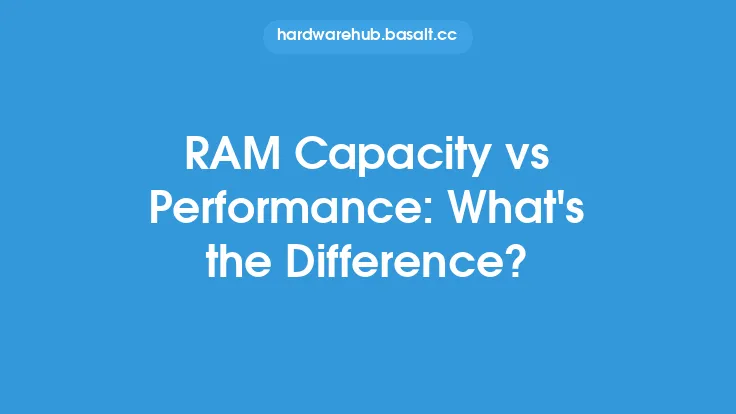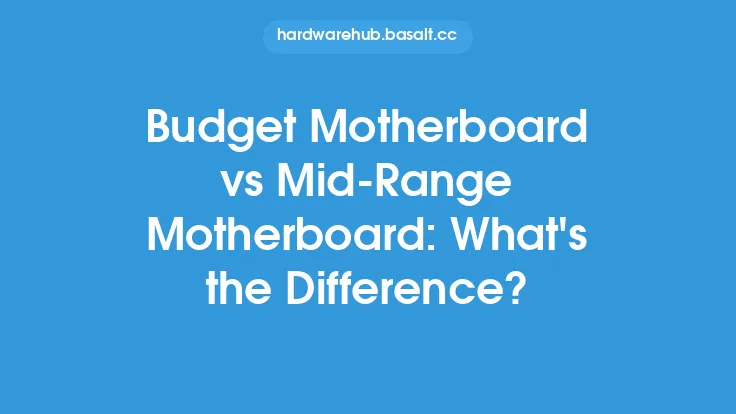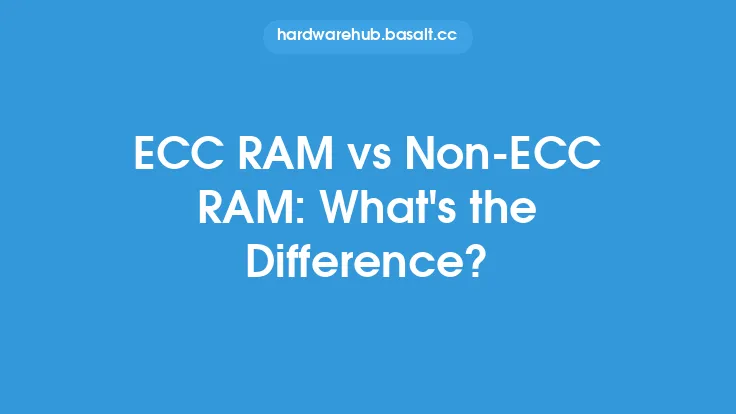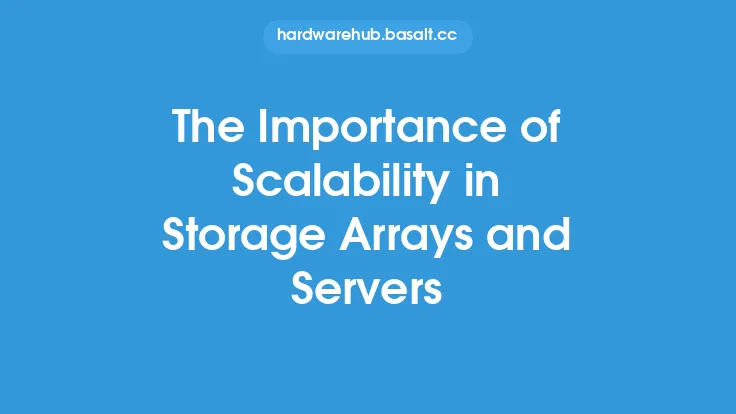When it comes to data storage, two key components come into play: storage arrays and servers. While both are essential for storing and managing data, they serve different purposes and have distinct characteristics. In this article, we'll delve into the differences between storage arrays and servers, exploring their architectures, functionalities, and use cases.
Introduction to Storage Arrays
Storage arrays are dedicated storage systems designed to provide a centralized repository for data. They typically consist of multiple disk drives, such as hard disk drives (HDDs) or solid-state drives (SSDs), which are arranged in a redundant array of independent disks (RAID) configuration to ensure data protection and availability. Storage arrays can be connected to servers via various interfaces, including Fibre Channel, Ethernet, or SATA. They offer advanced features like data replication, snapshots, and thin provisioning, making them an ideal choice for organizations that require high-capacity storage, performance, and reliability.
Introduction to Servers
Servers, on the other hand, are powerful computers designed to manage and provide access to data, applications, and services over a network. They can be physical or virtual and come in various forms, including rack-mounted, blade, or tower servers. Servers typically run an operating system and have their own storage, which can be in the form of internal disk drives or external storage arrays. Servers are responsible for processing requests, executing applications, and providing services like file sharing, printing, and email. They can be optimized for specific workloads, such as database servers, web servers, or file servers.
Key Differences
The primary difference between storage arrays and servers lies in their purpose and design. Storage arrays are specialized storage systems focused on providing high-capacity, reliable, and scalable storage, whereas servers are general-purpose computers designed to manage and provide access to data and applications. Storage arrays are typically optimized for storage performance, with features like caching, tiering, and data deduplication, whereas servers are optimized for compute performance, with features like multi-core processors, high-speed memory, and advanced networking.
Another significant difference is the way data is accessed and managed. Storage arrays provide block-level access to data, which means that data is stored and retrieved in fixed-size blocks. Servers, on the other hand, provide file-level access to data, which means that data is stored and retrieved as files and folders. This difference in access methods affects the way data is managed, with storage arrays relying on storage protocols like SCSI or SATA, and servers relying on file systems like NTFS or ext4.
Architecture and Components
Storage arrays and servers have distinct architectures and components. Storage arrays typically consist of a controller, disk drives, and a cache layer. The controller manages the storage array, handling tasks like data protection, replication, and caching. Disk drives provide the actual storage capacity, while the cache layer accelerates performance by storing frequently accessed data in faster, more volatile memory.
Servers, on the other hand, consist of a central processing unit (CPU), memory (RAM), storage, and networking components. The CPU executes instructions and manages the server's operations, while memory provides a high-speed buffer for data and applications. Storage on servers can be internal or external, with internal storage typically consisting of disk drives or SSDs, and external storage consisting of storage arrays or network-attached storage (NAS) devices.
Use Cases and Applications
Storage arrays and servers have different use cases and applications. Storage arrays are ideal for organizations that require high-capacity, reliable, and scalable storage, such as:
- Large enterprises with massive data storage needs
- Data centers and cloud providers
- High-performance computing (HPC) environments
- Virtualized environments with multiple virtual machines (VMs)
Servers, on the other hand, are suitable for a wide range of applications, including:
- File and print sharing
- Web hosting and e-commerce
- Database management and analytics
- Virtualization and cloud computing
- Email and collaboration
Conclusion
In conclusion, storage arrays and servers are two distinct components with different purposes, architectures, and use cases. Storage arrays are specialized storage systems designed for high-capacity, reliable, and scalable storage, while servers are general-purpose computers designed to manage and provide access to data and applications. Understanding the differences between storage arrays and servers is essential for designing and implementing effective storage and computing infrastructures. By recognizing the strengths and weaknesses of each component, organizations can make informed decisions about their storage and computing needs, ensuring optimal performance, reliability, and scalability.





